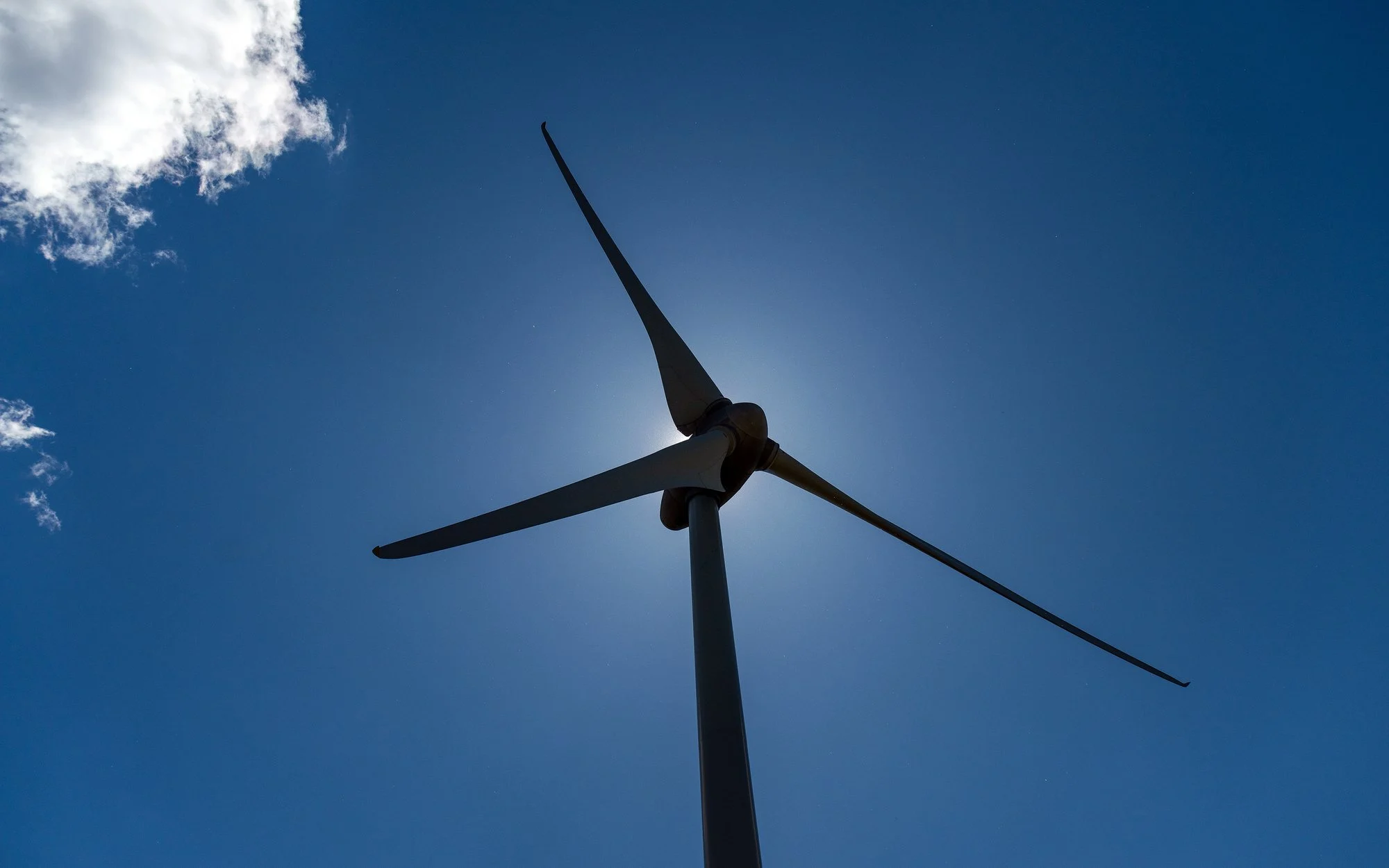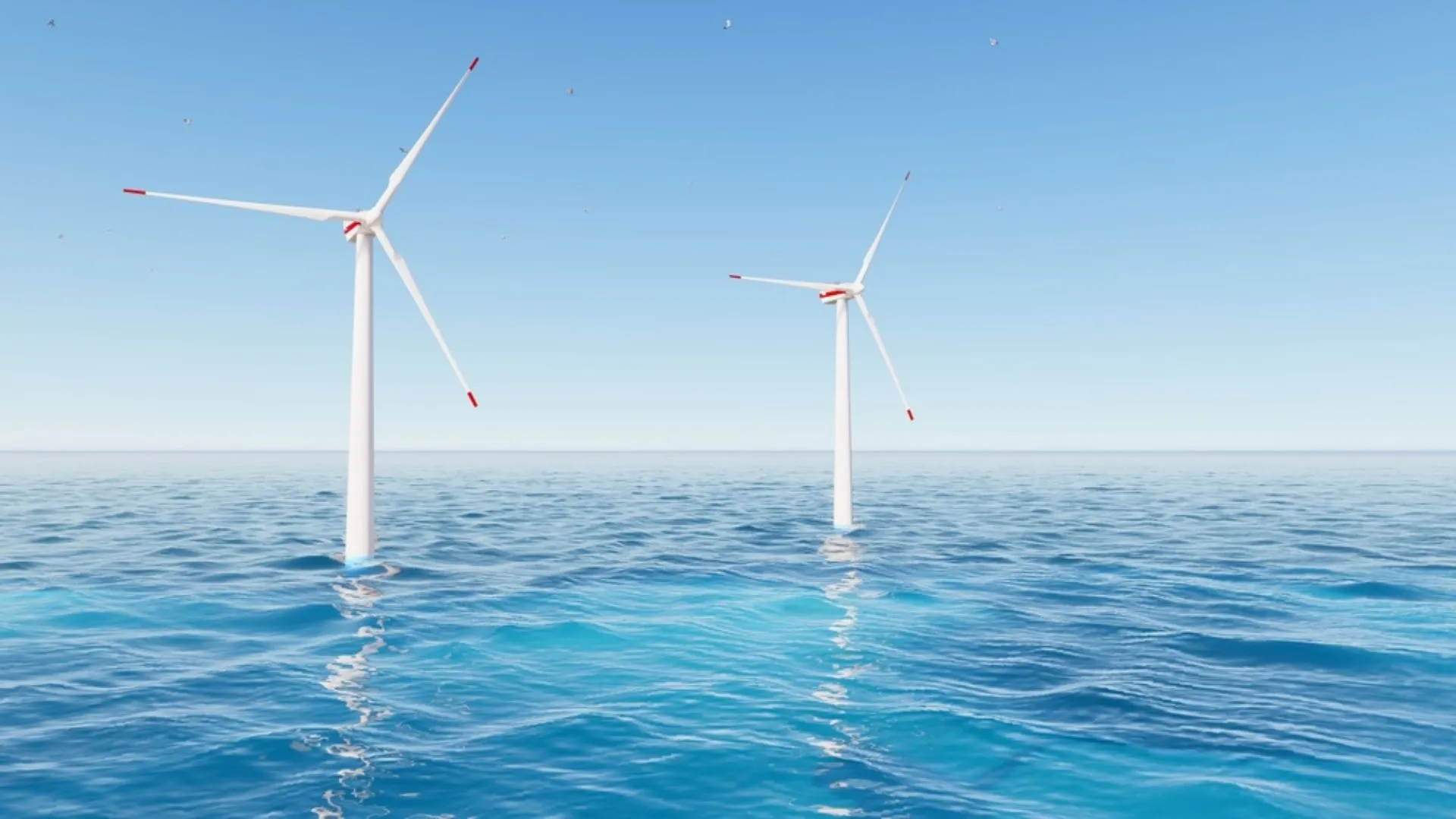Polish companies anticipate an auction for offshore wind farms this year, with a maximum price of 512 PLN/MWh set for some Baltic Sea concessions. This price will be established during the auctions for energy generated from offshore wind farms. Notably, Dominika Kulczyk, who holds 43% of Polenergia through Mansa Investments, has advocated for this price point. Polenergia was the first to announce its participation in the auction scheduled for December.
The Polish government has recognized offshore wind farms as a vital component of the national energy mix. However, the absence of this auction could stall further development in the sector. By 2030, the country aims to generate 5.9 GW of onshore wind capacity. According to connection conditions and agreements with Polskie Sieci Elektroenergetyczne, the total capacity of this sector could exceed 17 GW over the next 15 years.
Investors are moving ahead with offshore wind projects despite uncertainties surrounding the liberalization of onshore wind farm placements. Orlen has initiated the construction of an installation terminal, while the Energy Regulatory Office (URE) prepares for upcoming auctions.
Failure to conduct the auction this year could lead to a backlog of 8 GW of capacity slated for auction in 2027. This could create a significant investment gap in Poland’s offshore wind sector and complicate the concurrent execution of numerous projects in a market still in its infancy.
The URE announced the auction based on current regulations. However, to facilitate the administrative and investment processes, it is essential to pass an offshore law amendment. This amendment includes provisions for conducting an emergency auction in 2026 if the 2025 auction does not occur or fails, a new support indexation system, and preliminary certificates valid for 12 months for projects without environmental decisions. It also allows projects from the first support phase to participate in second-phase auctions for any unused capacity.
Additionally, the amendment proposes adjusting regulations to account for negative balances fully or partially in euros, which would help cover the difference between market energy prices and the costs of producing electricity offshore.




